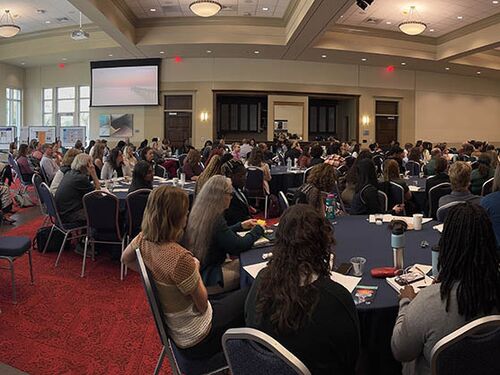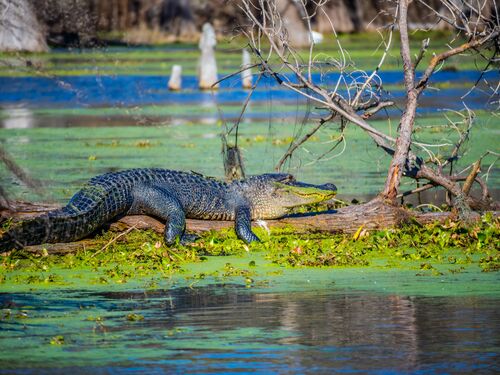Dogs Necessary for Only a Few Areas of Research at Veterans Affairs; Agency Should Adopt Expanded Criteria for Using Dogs
News Release
Last update July, 1 2020
WASHINGTON — A new report from the National Academies of Sciences, Engineering, and Medicine says using laboratory dogs in research at the U.S. Department of Veterans Affairs (VA) is scientifically necessary for only a few areas of current biomedical research. The VA should adopt an expanded set of criteria for determining when it is scientifically necessary to use dogs in biomedical research funded by or conducted at the VA.
Necessity, Use, and Care of Laboratory Dogs at the U.S. Department of Veterans Affairs says that in order to determine whether it is scientifically necessary to use dogs in research, the VA should take into account if the research will advance veterans’ health; if it is based on characteristics unique to dogs and there is no alternative that will yield valid results; if the anticipated harm to dogs is outweighed by the potential benefit to veterans; and if both the scientific review committee and Institutional Animal Care and Use Committee attest that it is the only species that can give valid results.
In cases where other animals are scientifically appropriate, and when dogs are not scientifically necessary, the report recommends an expanded set of criteria for the VA to meet before approving the use of dogs in a study. When several non-primate species could be used, the VA should choose the species that would incur the least amount of harm. In any situation where the species that would incur the least amount of harm cannot be selected, because of legal or funding restrictions or any other reason, the VA cannot ethically proceed and should consider forgoing the research.
The report also recommends that the VA:
- Enhance the welfare of dogs used for biomedical research. This includes modifying enclosures and staffing to give dogs more opportunities for exercise, social interaction, and stimulation. The VA should also address impediments to dog-to-dog interactions, and create an outdoor space for laboratory dogs to visit when safe and compatible with research goals. The report also recommends enhanced assessments of dog welfare from VA staff and that the agency submit to voluntary USDA inspections.
- Improve research protocols and review processes, and track the impact of research that uses dogs. Prior to submission to a funding agency, the principal investigator for a study using dogs should fully develop the research question and describe its value to veterans, in addition to engaging with other experts in canine medicine and research to review research goals and optimize study design, among other steps. The VA should fund an independent party to conduct literature searches for alternatives to dogs, and emphasize replacement of dogs and refinement of procedures rather than reduction in animal numbers.
- Establish long-term external collaborations. The VA should prioritize external collaborations with other research organizations to develop, validate, and apply alternatives to the laboratory dog in biomedical research, including encouraging the use of human organs and tissues wherever possible.
- Develop a strategic road map to incorporate new approach methodologies, or innovative non-animal approaches, into its biomedical research.
Five of the 15 members of the committee that wrote the report believed that the recommended scientific parameters to guide how and when to use dogs should be limited only to scientific necessity, due to a difference of interpretation of the committee’s statement of task. A discussion of their views can be found in Chapter 3 of the report.
The study — undertaken by the Committee on Assessment of the Use and Care of Dogs in Biomedical Research — was sponsored by the U.S. Department of Veterans Affairs.
The National Academies of Sciences, Engineering, and Medicine are private, nonprofit institutions that provide independent, objective analysis and advice to the nation to solve complex problems and inform public policy decisions related to science, technology, and medicine. They operate under an 1863 congressional charter to the National Academy of Sciences, signed by President Lincoln.
Contact:
Megan Lowry, Media Officer
Office of News and Public Information
202-334-2138; e-mail news@nas.ed


